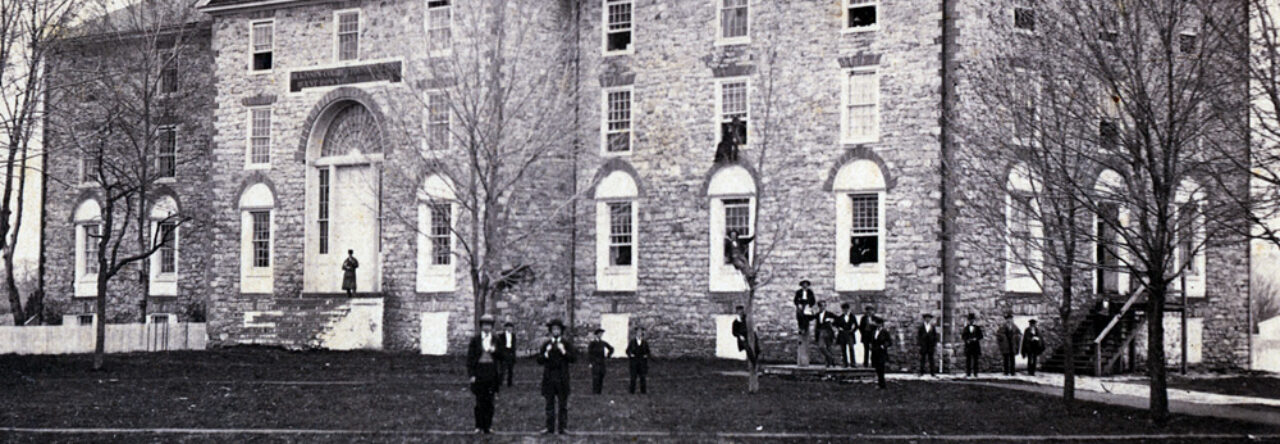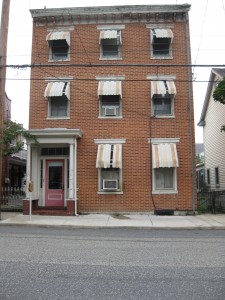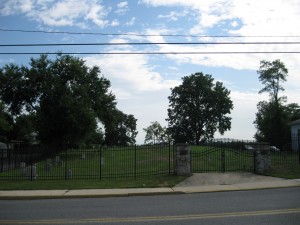The Colwells are important to Carlisle’s Civil War history. James Colwell joined the Carlisle Fencibles, one of the military units formed in 1861, and was elected as First Lieutenant, despite being the oldest soldier at age 48. Shortly after leaving home, he wrote to his wife Annie to explain his motives for enlisting, saying, “I did it from a sense of right and duty…[M]y dear wife, the North is right and the South wrong…[P]osterity and the whole civilized world will so decide. Of this I have no doubt.”[i] Although Annie, a southerner from Baltimore, was not happy with his decision to join the army because it left her at home with four young children, she supported her husband and often sent him packages containing chicken, butter, jelly, and whiskey while he was away. Unfortunately, James was killed at Antietam in 1862. The couple’s nearly two hundred letters from the war were compiled by their great-grandson David Colwell into a book entitled The Bitter Fruits.
The Colwell family’s house can be seen today at 145 South Pitt Street in Carlisle, PA.
[i] David G. Colwell. The Bitter Fruits: The Civil War Comes to a Small Town in Pennsylvania (Carlisle, PA: Cumberland County Historical Society, 1998), 48.



